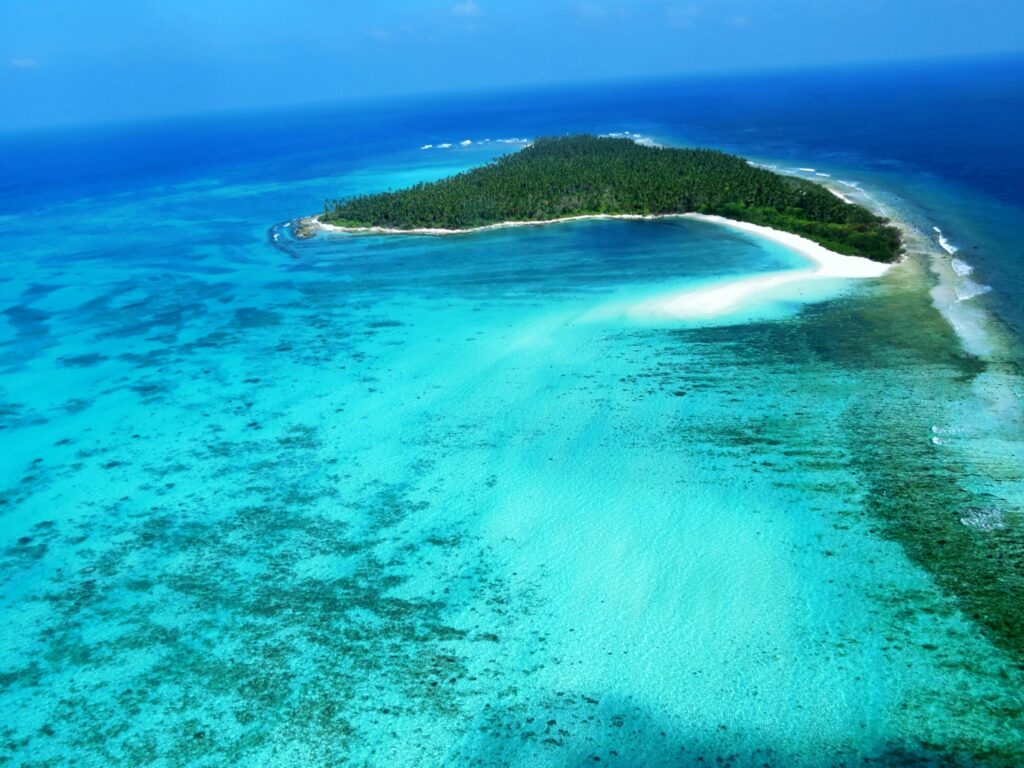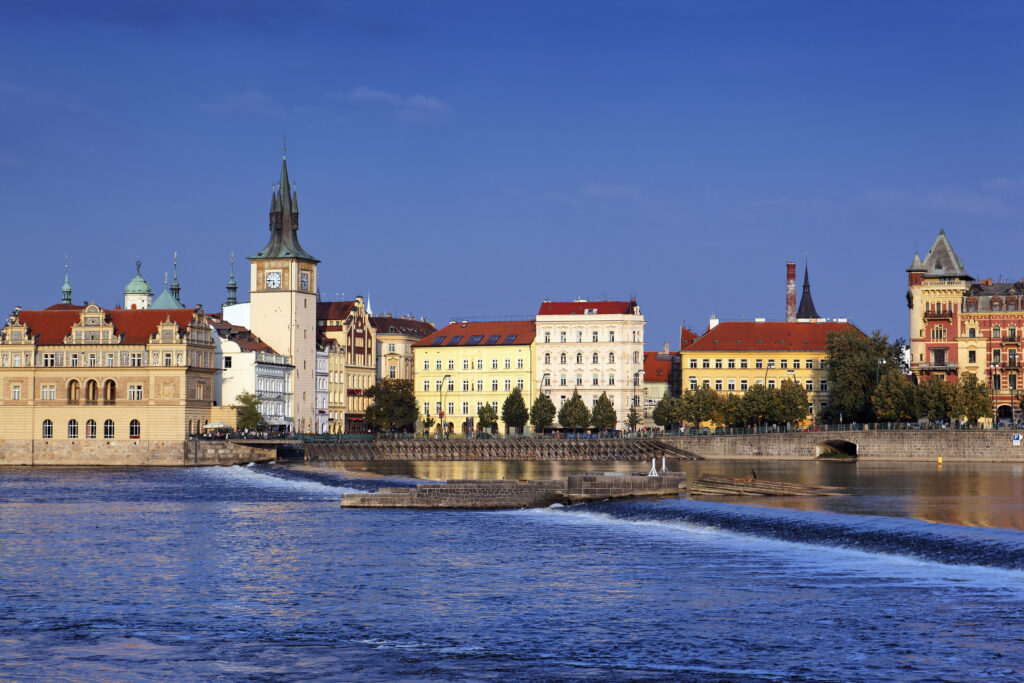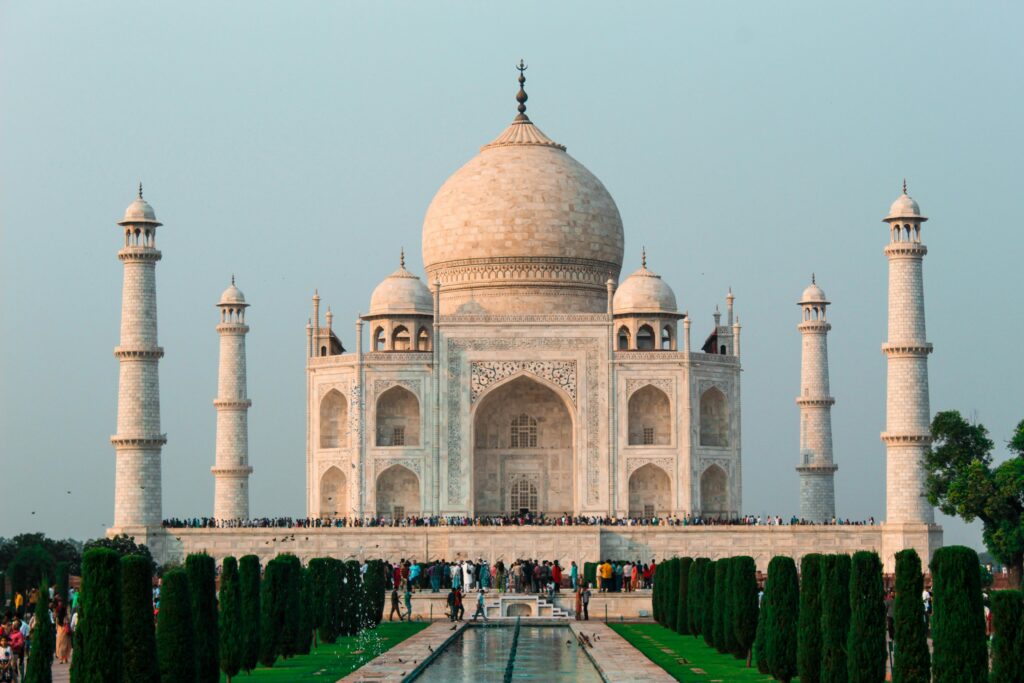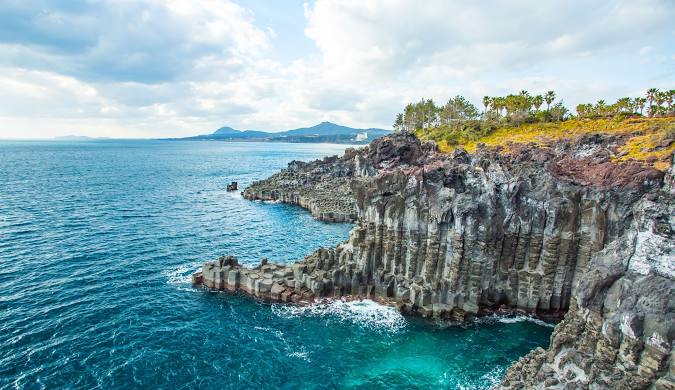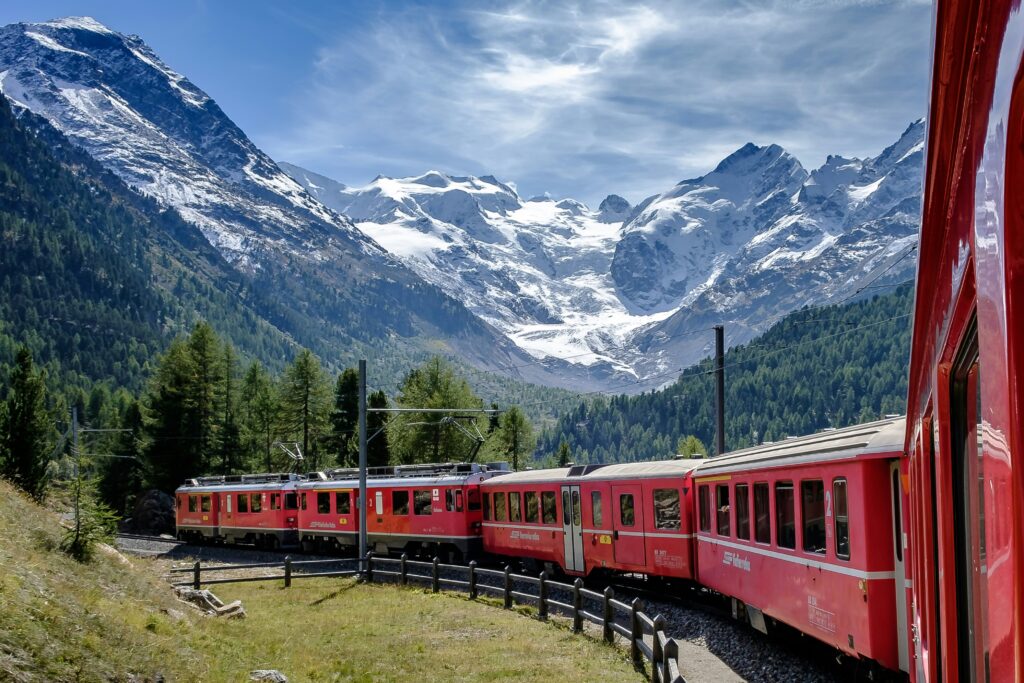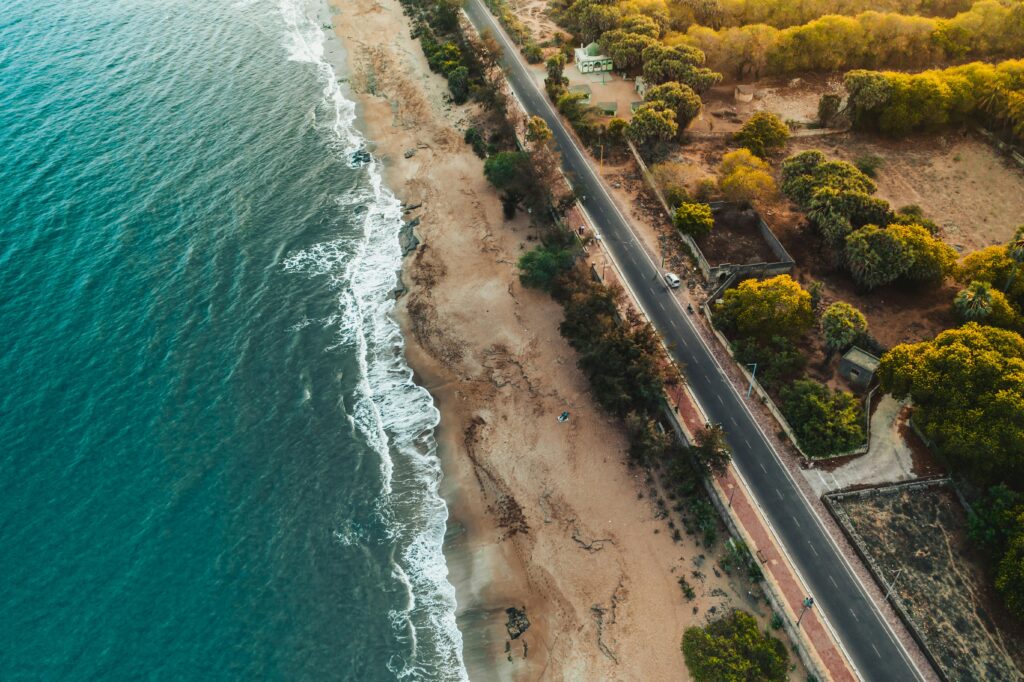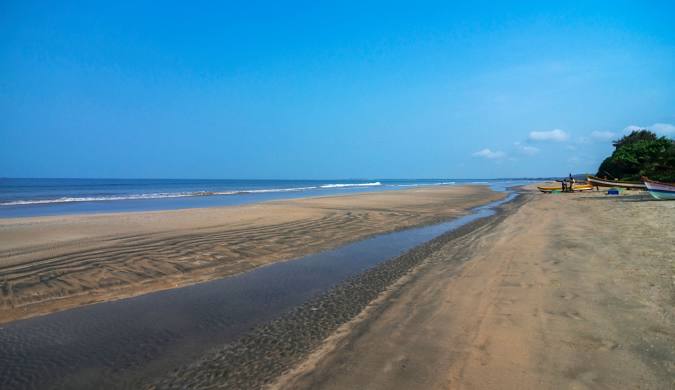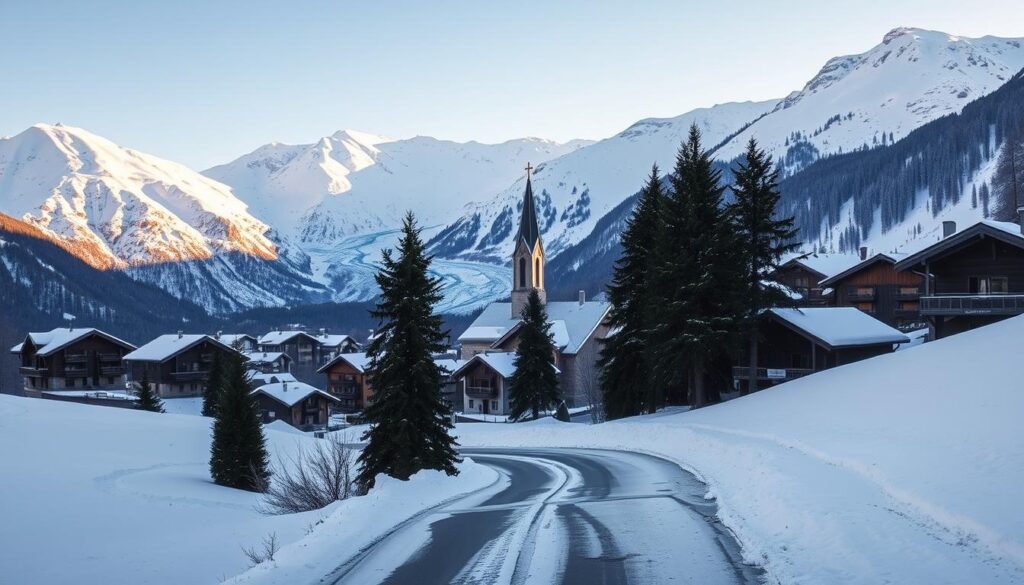Best Time to Attend Shillong Cherry Blossom Festival: A Complete Travel Guide
Picture this: The cool November air nips at your cheeks, but instead of autumn browns, the landscape around you is exploding in shades of soft pink. This isn’t Japan. This is Shillong, and you’ve arrived just in time for its famous Cherry Blossom Festival. If you’re wondering about the best time to attend Shillong Cherry Blossom Festival, you’ve come to the right place. This comprehensive guide will help you time your visit perfectly, discover the most Instagram-worthy spots, and plan an unforgettable trip to Meghalaya’s capital. Whether you’re a solo adventurer, planning a romantic getaway, or organizing a family vacation, we’ve got everything covered – from the science behind these stunning blooms to a complete 2-day itinerary. Why November? The Science Behind Meghalaya’s Autumn Blooms Here’s what makes Shillong special – while the world associates cherry blossoms with spring, Meghalaya’s Himalayan Cherry Trees (Prunus cerasoides) march to their own rhythm. These magnificent trees bloom in autumn, creating a phenomenon that’s uniquely Northeast Indian. The secret lies in the post-monsoon climate. After months of heavy rainfall, the retreating monsoon creates the perfect conditions – cooler temperatures, reduced humidity, and just the right amount of moisture in the soil. This triggers the trees to burst into their spectacular pink display. Dr. Alaric Lyngdoh, a botanist at North-Eastern Hill University, explains, “The receding monsoon triggers a unique hormonal response in these trees. Unlike their Japanese counterparts that need winter’s chill followed by spring warmth, our Prunus cerasoides responds to the dramatic shift from monsoon saturation to crisp, dry air.” This is why timing your Shillong Cherry Blossom Festival dates correctly is crucial – you’re working with nature’s precise schedule, not a man-made calendar. What is the Shillong Cherry Blossom Festival All About? The Shillong Cherry Blossom Festival isn’t just about pretty flowers (though they’re absolutely stunning). It’s become Northeast India’s premier autumn celebration, blending nature’s spectacular show with incredible music, authentic Khasi culture, and an energy that’ll keep you buzzing long after you return home. Picture this festival experience: You’re standing at the main stage at Polo Grounds, surrounded by thousands of music lovers, while indie bands from across India and international artists fill the air with melodies. Between sets, you’re sampling authentic Khasi delicacies like Jadoh (red rice with pork) and Dohneiiong (black sesame pork curry) from local food stalls. Local artisans showcase traditional handicrafts, and cultural performances bring centuries-old Khasi traditions to life. Festival Flashback Timeline Year Memorable Highlight 2016 Festival’s grand debut with local and international artists 2018 Collaboration with Japan’s Cherry Blossom Association 2019 Lou Majaw, the “Bob Dylan of India,” headlined the main stage 2021 Virtual celebration during pandemic – livestreamed to 50,000+ viewers 2023 Record attendance of over 40,000 visitors across three days The festival typically runs for three days, combining world-class music performances with the natural beauty of Meghalaya cherry blossom season. For the latest updates on this year’s lineup, always check the official Shillong Cherry Blossom Festival website. The Top 5 Spots to See the Cherry Blossoms 1. Ward’s Lake – The Crown Jewel Ward’s Lake is where the magic happens. The iconic white bridge surrounded by cherry trees creates reflections so perfect, you’ll think you’ve stepped into a painting. Pro Tip: Get here right when it opens at 8:30 AM. You’ll have the iconic white bridge all to yourself for that perfect reflection shot on the still water. The morning mist adds an ethereal quality that disappears once the crowds arrive. 2. Polo Grounds – Festival Central This is festival headquarters. While the main stage keeps the energy high, the surrounding cherry trees provide natural amphitheater seating with a view. Pro Tip: Arrive early on day one to scout the best photo spots before the crowd fills in. The trees on the eastern side catch the best morning light. 3. Umiam Lake – The Scenic Drive The 30-minute drive from Shillong to Umiam Lake is lined with cherry trees. It’s like driving through a pink tunnel. Pro Tip: Stop at the viewpoint near Barapani. The combination of the lake’s blue waters and pink blossoms creates a contrast that’s pure Instagram gold. 4. Road to Mawlynnong – The Hidden Route The journey to Asia’s cleanest village becomes even more magical during cherry blossom season. Pro Tip: Take the longer route via Pynursla. Local drivers know this road has the densest concentration of wild cherry trees, and you’ll often have stretches completely to yourself. 5. Shillong Golf Course – The Elevated Experience At 5,200 feet above sea level, this golf course offers panoramic views with cherry blossoms in the foreground. Pro Tip: Even if you don’t play golf, the clubhouse restaurant allows non-members to enjoy the view. Order their famous ginger tea and soak in the scenery. Interactive Element: Consider adding a map with pins for each location, including hidden gem spots like Laitumkhrah neighborhood where locals often gather for impromptu picnics under the blooms. Nailing the Timing: When is the Peak Bloom? Here’s the answer you came for: The best time to attend Shillong Cherry Blossom Festival is during the first two weeks of November. This is when you’ll catch the blooms at their absolute peak – full, vibrant, and before any weather can damage them. Historical Bloom Data Year Peak Bloom Start Peak Bloom End Weather Impact 2019 November 8 November 20 Perfect conditions 2020 November 5 November 18 Early bloom due to dry October 2021 November 12 November 25 Extended bloom period 2022 November 6 November 19 Normal cycle 2023 November 9 November 22 Slight delay due to late monsoon The blooms typically last for 10-15 days, but here’s what most travel guides won’t tell you – a sudden rainstorm can cut this window short. That’s why flexibility in your travel dates is key. Trust-Building Tip: Follow the festival’s official Facebook and Instagram pages (@shillongcherryblossom) starting from late October. Local photographers and festival organizers post real-time bloom updates, giving you the most accurate information for your Shillong travel guide planning. Your Travel
Best Time to Attend Shillong Cherry Blossom Festival: A Complete Travel Guide Read More »


